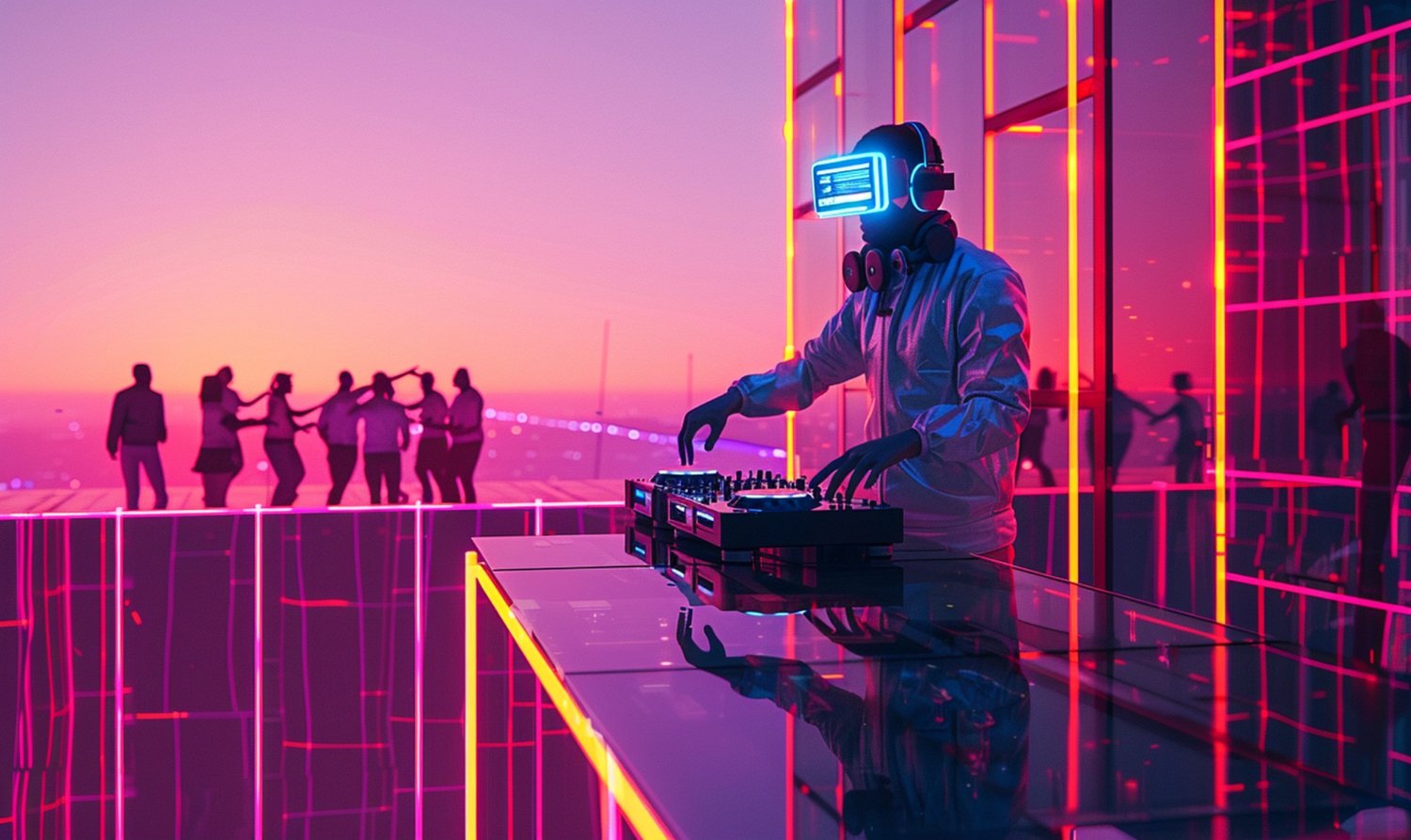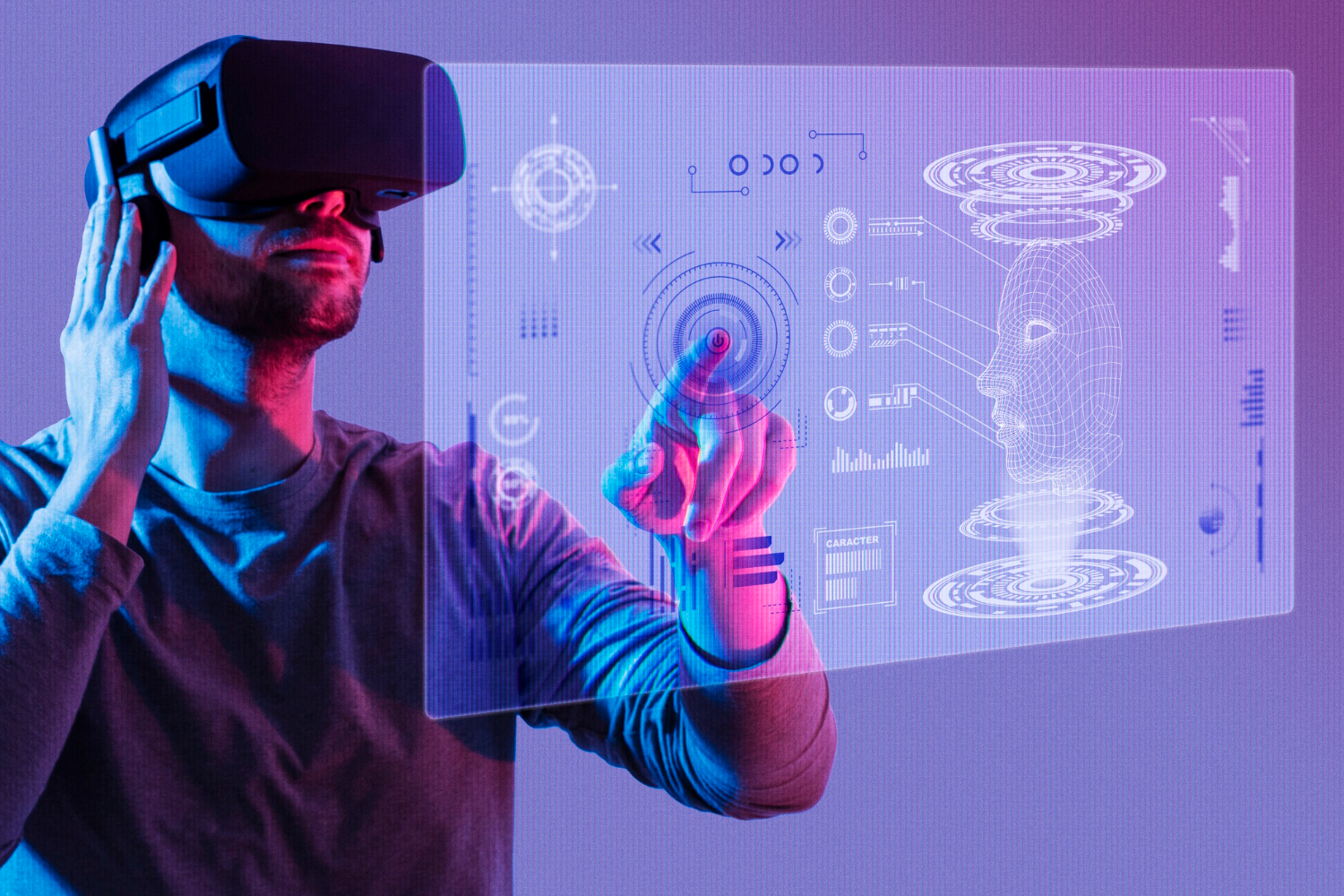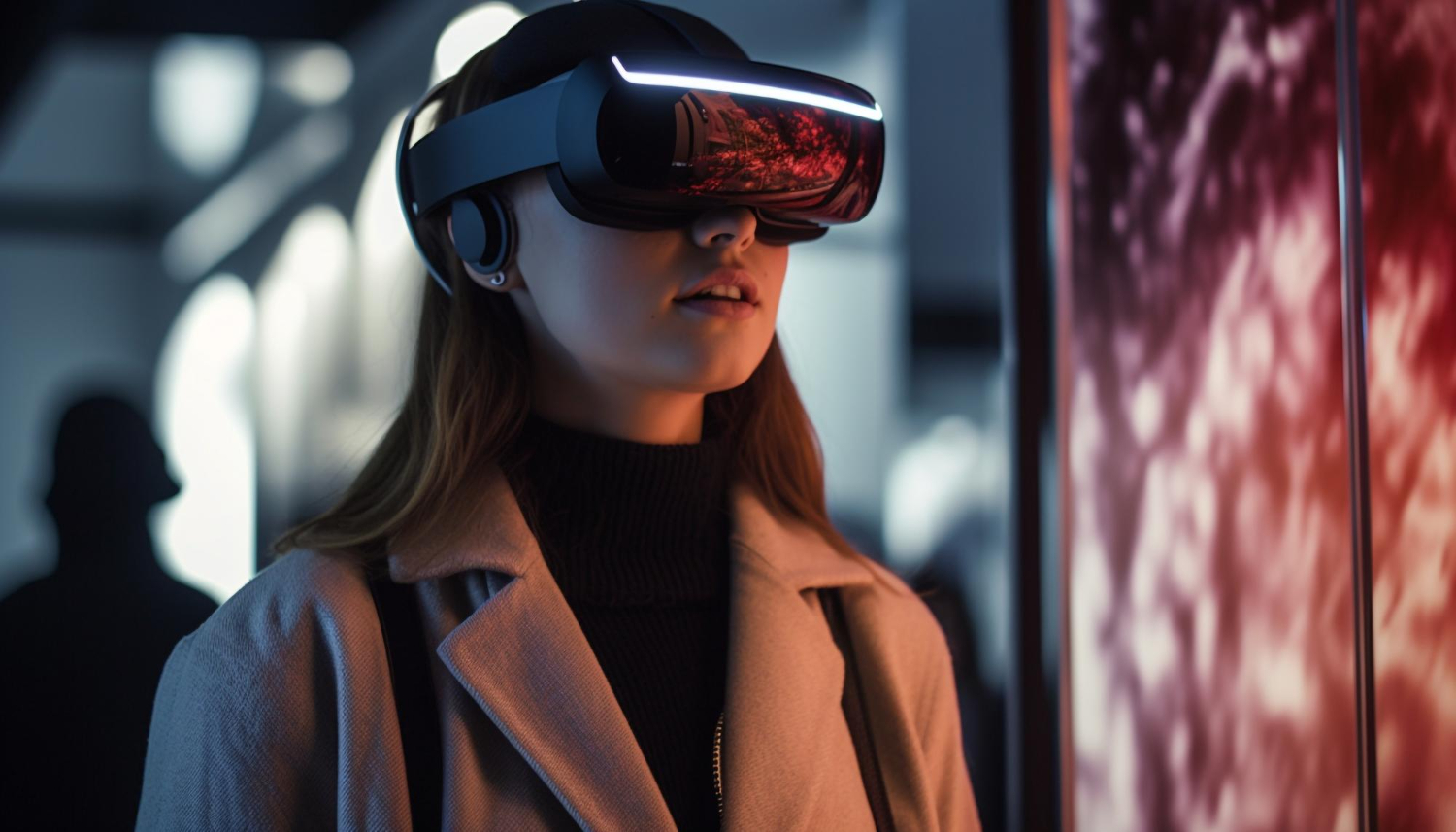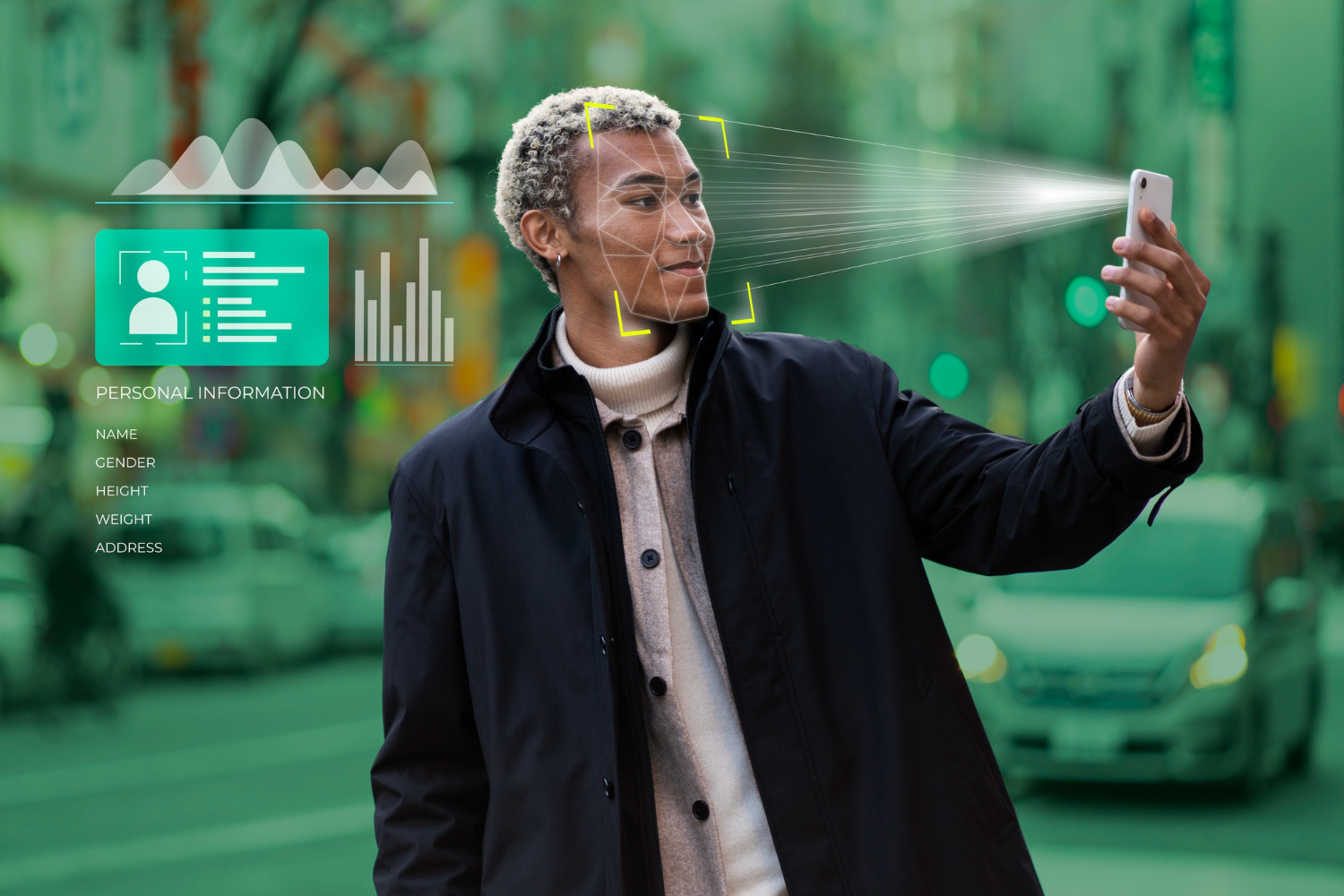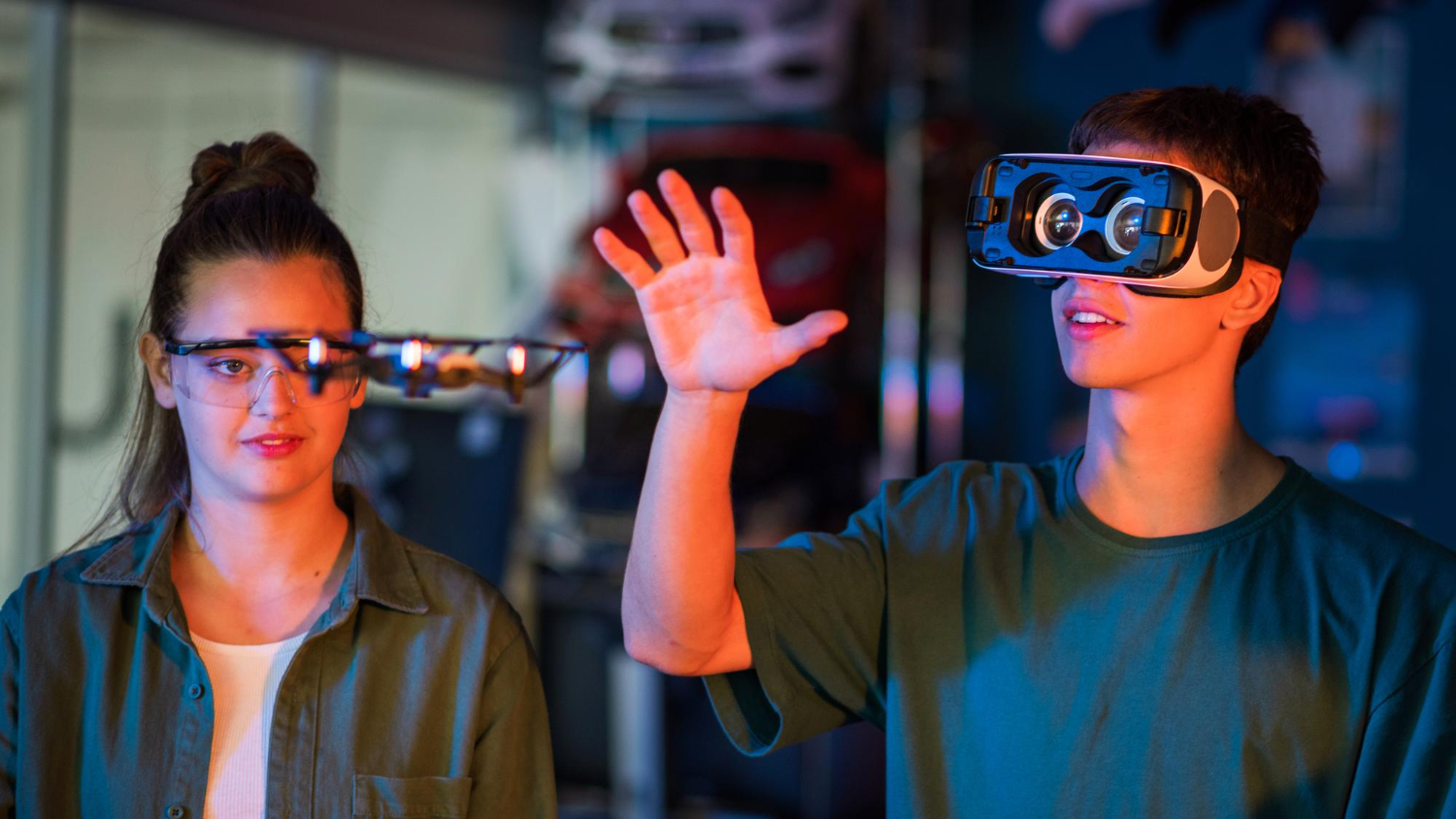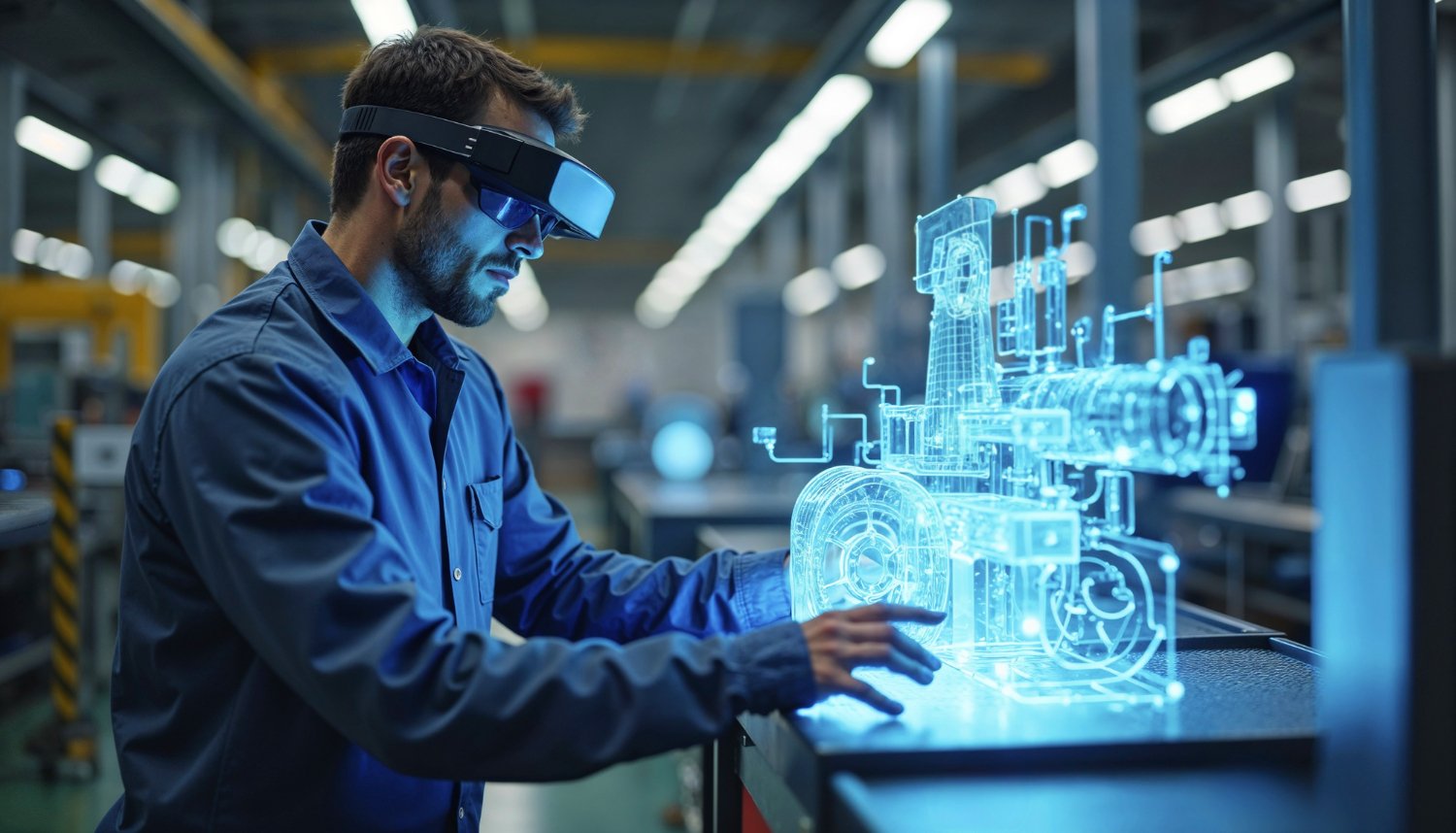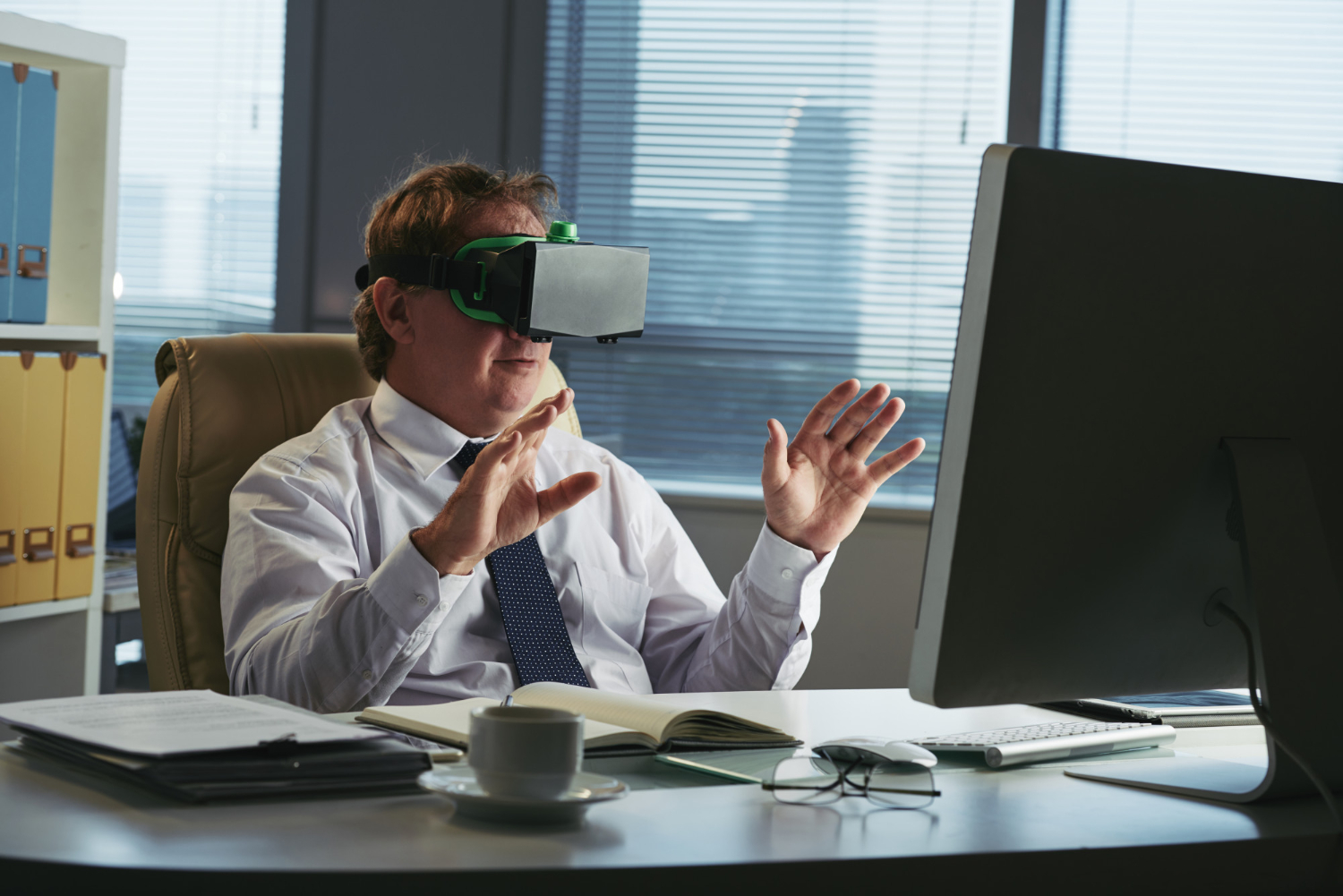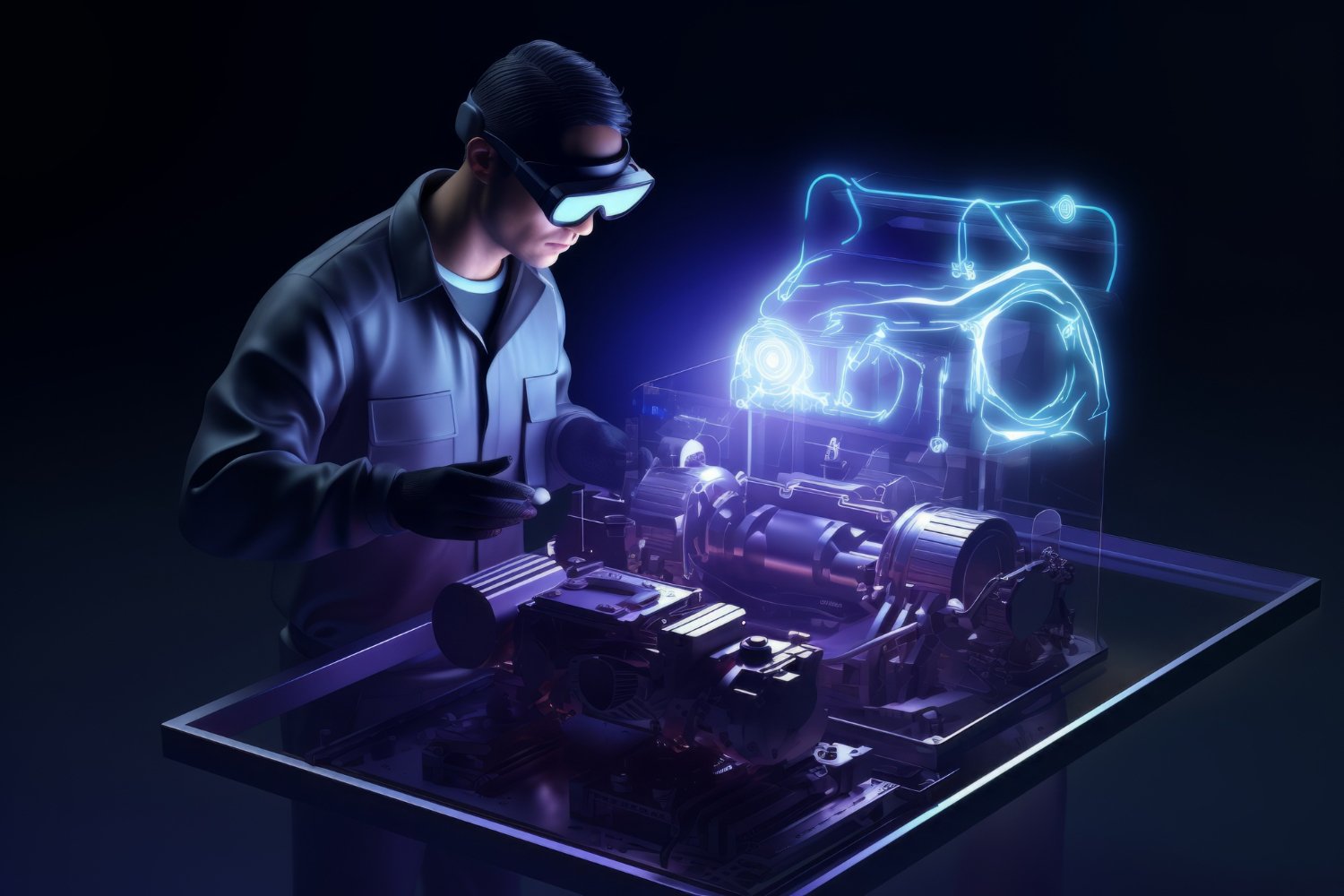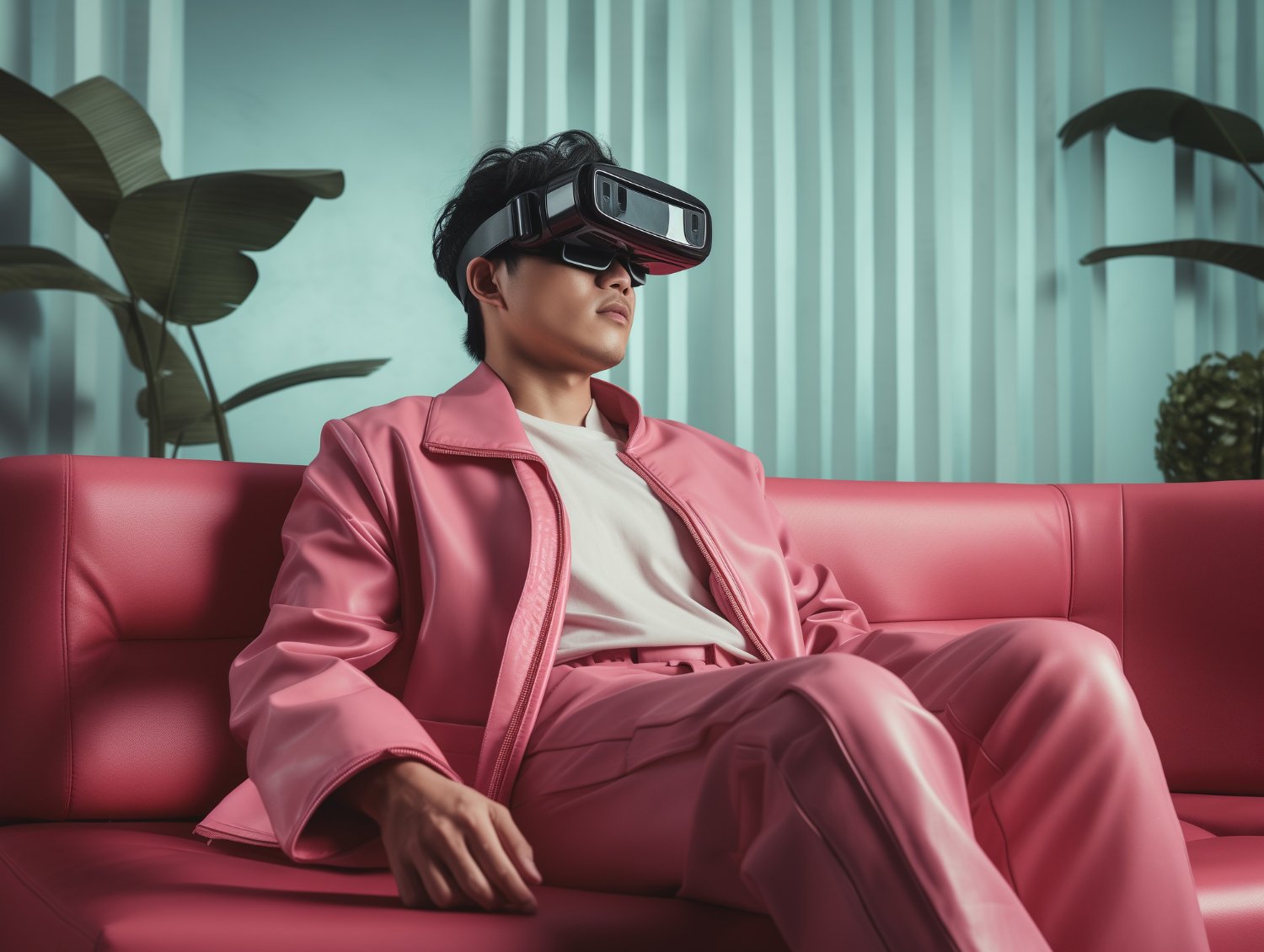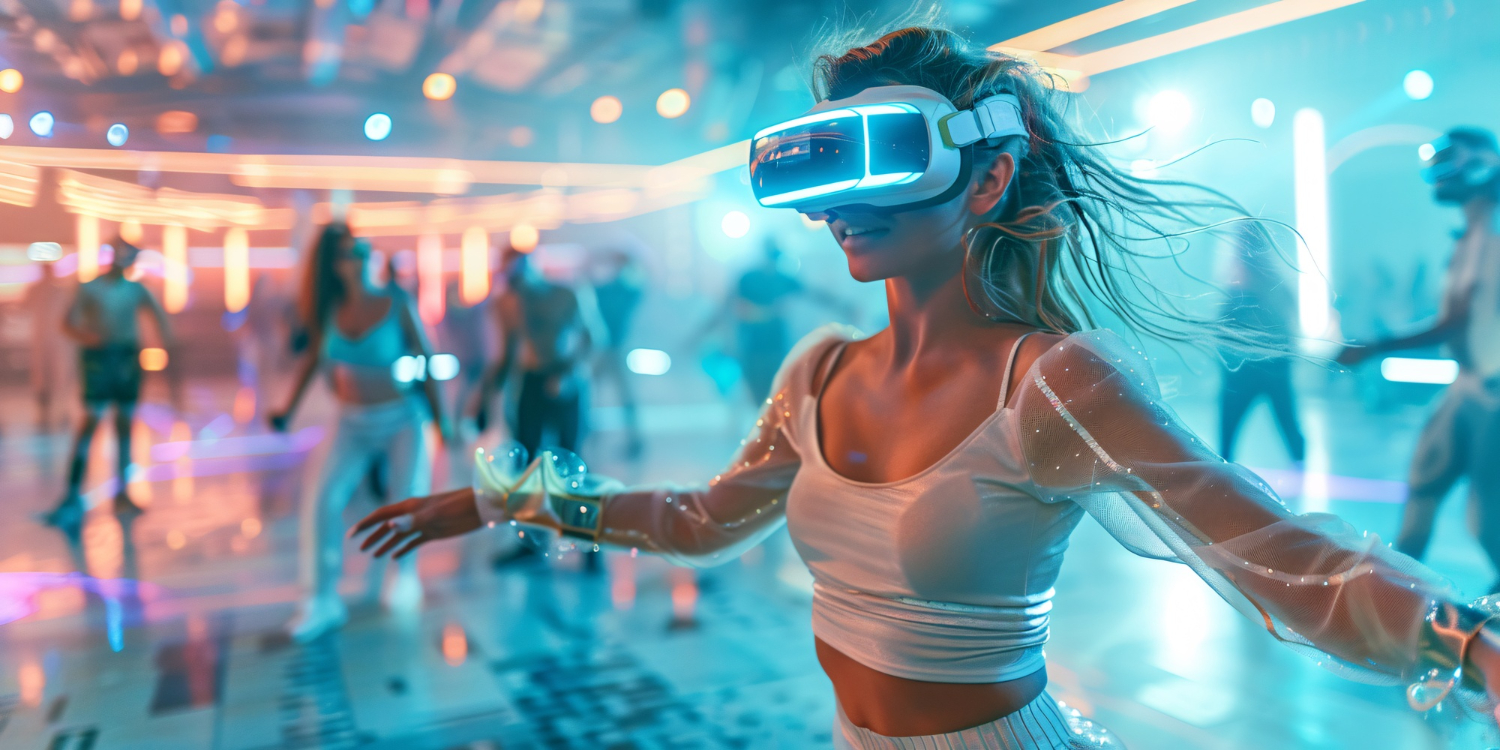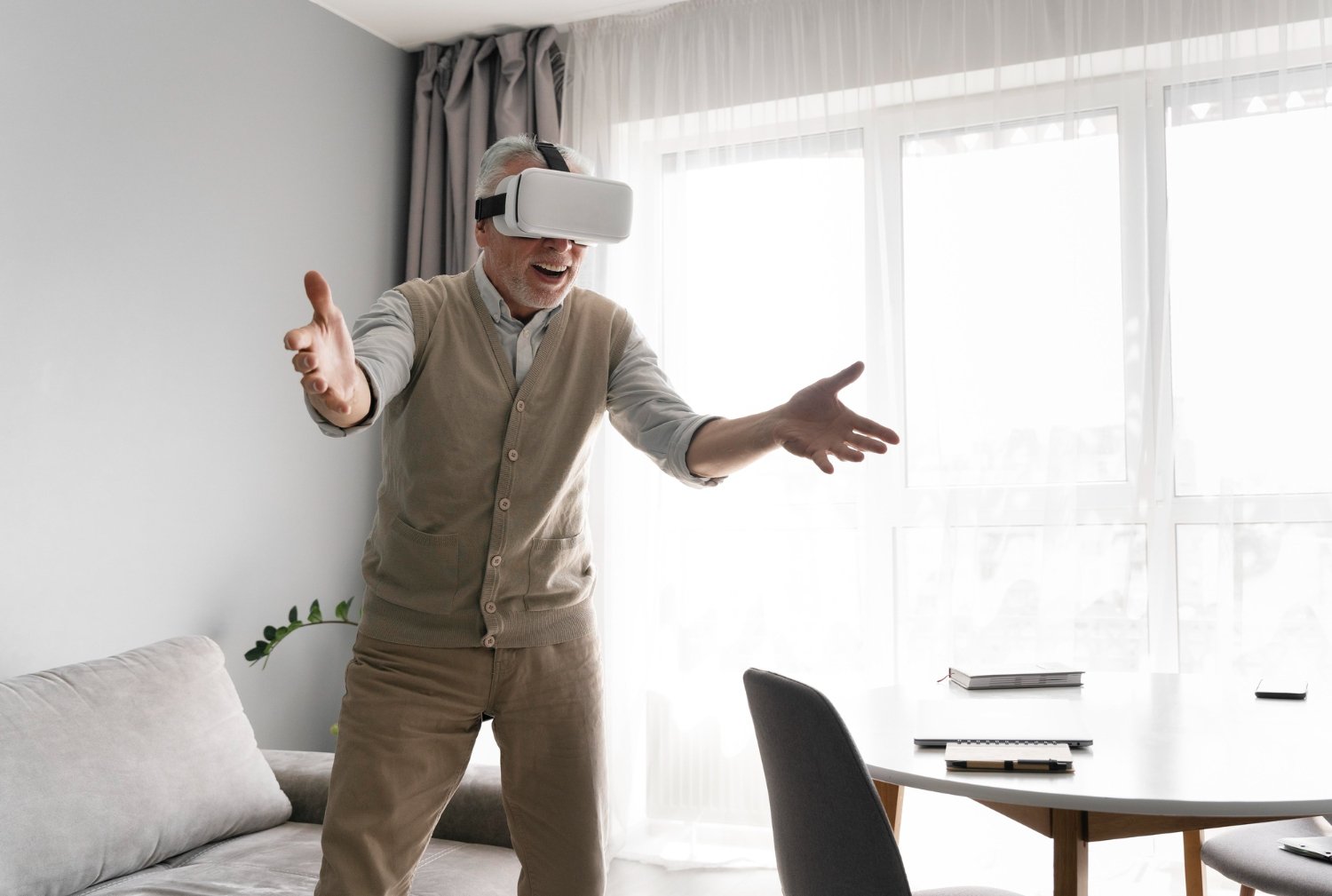Futuristic AR and VR Technology Ahead
Augmented Reality (AR) and Virtual Reality (VR) have come a long way. What once seemed like science fiction is now a daily reality for millions of people. Futuristic AR and VR technology are pushing the boundaries of immersive experiences, creating worlds that feel just as real as our own.
These technologies aren’t just for video games anymore. They’re being used in education, healthcare, business, and beyond. As we look ahead, it’s clear that AR and VR will play a major role in shaping our future.
The Virtual World and Real-Time Interactions
At the heart of virtual reality is the creation of a virtual world. This is a fully computer-generated environment that you can interact with using VR headsets and other input devices.
Whether you’re walking through a forest, standing on a beach, or exploring a futuristic city, the experience feels incredibly lifelike. Real-time interaction is what makes VR so immersive. As you move, the world responds. You can look around, pick up objects, and interact with your surroundings.
In the near future, virtual reality headsets will become more advanced, offering even more realistic VR experiences. The use of haptic feedback (which lets you “feel” the virtual environment) and eye-tracking technology will take these experiences to a whole new level. Imagine being able to pick up a virtual cup and feel its weight, or walk through a virtual environment where every glance and movement is tracked and responded to in real-time.
Ivan Sutherland: The Pioneer of AR and VR
To understand where AR and VR are headed, it’s worth taking a look back at where it all began. Ivan Sutherland, a computer scientist, is widely considered the father of virtual reality. Back in the 1960s, he developed the first head-mounted display system, which was a precursor to modern VR headsets. Although it was primitive by today’s standards, it laid the foundation for the development of virtual reality and augmented reality technologies.
Since then, both AR and VR have evolved tremendously. Today, we’re not limited to bulky headsets and simple graphics. The futuristic AR and VR technology we’re seeing now is lightyears ahead of what Ivan Sutherland could have imagined.
Augmented Reality (AR) in the Future
While virtual reality immerses you in a completely digital world, augmented reality overlays virtual objects onto the physical world around you. Unlike VR, AR doesn’t take you away from your surroundings.
Instead, it enhances your environment by adding computer-generated elements. Imagine looking at a building and seeing virtual labels appear in the air, telling you more about the architecture. Or sitting in a classroom where AR technology brings history to life with 3D models.
AR technology is already being used in a wide range of industries. In medicine, doctors can use AR to overlay important patient data during surgery. In retail, customers can use AR to try on clothes or see how furniture will look in their homes.
As we move forward, AR will only become more integrated into our daily lives. AR and VR combined will create more seamless experiences, blurring the lines between the digital and physical worlds.
How Augmented Reality is Transforming Beauty and Cosmetics
Mixed Reality: Blending the Best of Both Worlds
Mixed reality (MR) combines the best aspects of virtual reality and augmented reality. It allows you to interact with both digital objects and your physical environment simultaneously. For example, you might use MR to see a virtual 3D model of a building, walk around it, and manipulate it with your hands—all while standing in your office. Unlike VR, you’re not completely cut off from the physical world, but unlike AR, you’re also interacting with more complex virtual objects.
Mixed reality is especially promising for industries like architecture, engineering, and design. It allows professionals to visualise complex projects in real-time, giving them a better understanding of how their designs will look and function in the real world.
Mixed Reality - The Integration of VR, AR, and XR
VR Technology in Entertainment and Beyond
When most people think of virtual reality, they think of video games. And it’s true—VR has completely transformed the gaming industry. Today, players can immerse themselves in worlds that feel incredibly real. They can explore new landscapes, solve puzzles, and battle enemies, all while fully engaged in the experience.
But VR technology has applications beyond gaming. In education, immersive VR can transport students to historical events, letting them experience history first-hand. In healthcare, VR is being used to help doctors practice surgery in a safe, virtual environment.
The technology can also be used to treat conditions like PTSD, where patients are gradually exposed to triggering situations in a controlled setting. The potential for VR technology is truly limitless.
Level Up Your Gaming Experience with AI and AR/VR
The Future of VR Headsets and Motion Sickness
One of the main challenges with current VR headsets is motion sickness. This occurs when there’s a disconnect between what your eyes are seeing and what your body is feeling. For example, if you’re walking around in a virtual environment but sitting still in the real world, your brain can get confused, leading to nausea and discomfort.
In the future, VR headsets will become more advanced, reducing the likelihood of motion sickness. Improved frame rates, more realistic motion tracking, and advancements in display technology will make VR more comfortable for longer periods of use. These improvements will open up new possibilities for VR content, from longer VR experiences to more detailed virtual environments.
AR and VR in the Workplace
One of the most exciting areas for AR and VR development is the workplace. In the future, professionals will use futuristic AR to improve collaboration, streamline workflows, and enhance training. Imagine attending a meeting where virtual objects appear on the table in front of you, allowing you to interact with 3D models of products, designs, or data.
Virtual reality will also play a big role in training and development. Employees will be able to practice skills in virtual environments, allowing for hands-on learning without the need for physical resources. This is especially valuable in industries like construction, where workers can train in dangerous situations without any real-world risk.
TechnoLynx’s Role in Futuristic AR and VR Development
At TechnoLynx, we are at the forefront of futuristic AR and VR technology. We help businesses gain the potential of these technologies to improve efficiency, engagement, and innovation. Whether it’s building virtual environments for training or creating AR experiences for real-time collaboration, our team of experts ensures that businesses can take full advantage of these groundbreaking technologies.
We specialise in developing custom AR and VR solutions tailored to the unique needs of our clients. Whether you’re in healthcare, education, retail, or any other industry, TechnoLynx can help you integrate AR and VR into your operations. We offer complete end-to-end solutions, from concept design to implementation and support.
Our team is experienced in working with a wide range of VR headsets, from the HTC Vive to Oculus Rift and beyond. We also have expertise in mixed reality, ensuring seamless interaction between the physical world and virtual objects. As the future of AR and VR unfolds, TechnoLynx is committed to staying ahead of the curve, delivering innovative solutions that meet the needs of businesses around the world.
Conclusion
Futuristic AR and VR technology will shape how we interact with the world around us. From virtual worlds and real-time interactions to immersive experiences in video games and professional training, the possibilities are endless. As virtual reality and augmented reality technologies continue to evolve, they will become more integrated into our daily lives, transforming industries and opening new doors for innovation.
At TechnoLynx, we’re excited to be part of this technological revolution. We help businesses navigate the world of AR and VR, providing the tools and expertise they need to succeed in this rapidly changing landscape. With our experience in AR, VR, and mixed reality, we can help you stay ahead of the competition and unlock the full potential of these groundbreaking technologies.
Continue reading: The Future of Augmented Reality: Transforming Our World

